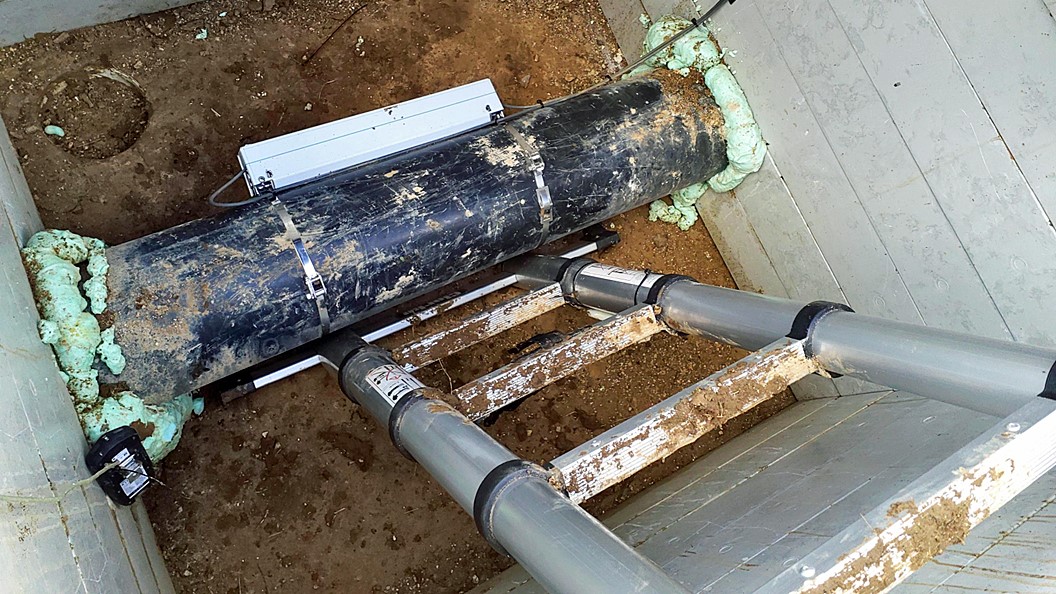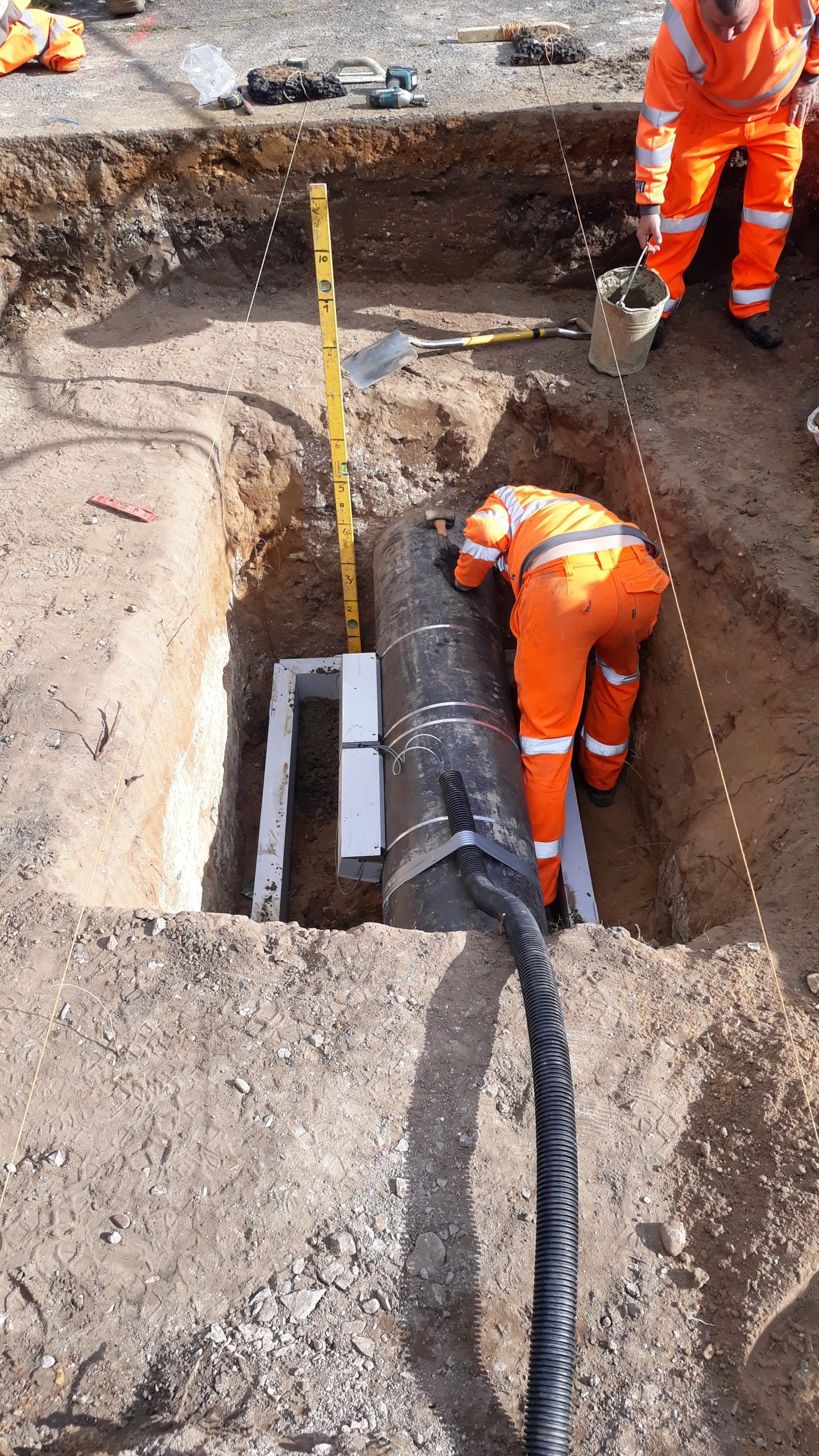As showcased at WWEM 2022, clamp-on ultrasonic flow metering is helping to tackle the ever-increasing challenge of leakage reduction and interruptions in UK water supply.
With unacceptable levels of water loss making the headlines, and the need to meet increasingly strict regulations, water companies throughout the UK are discovering the benefits of clamp-on ultrasonic flowmeters in the battle against disruption to customers.
Unable to manage leakage or unaccounted losses without measuring flows and volumes, clamp-on ultrasonic metering offers a cost-effective, non-invasive solution, allowing installation without supply interruption, unlike conventional in-line metering, which can be somewhat challenging in this respect.
When it comes to measurement, clamp-on flowmeters work by sending two ultrasonic pulses through the medium, one in the flow direction and a second one against it, with the transducers alternately working as an emitter and a receiver. The transit-time of the ultrasonic signal propagating in the direction of flow is shorter than the transit-time of the signal propagating against the flow and the time difference is directly proportional to flow rate.
Growing real-world confidence in clamp-on capabilities
Recently appearing at the prestigious, tenth annual international Water, Wastewater and Environmental Monitoring event (WWEM) in Telford, FLEXIM had the chance to demonstrate in collaboration with Anglian Water, one of the UK’s largest water companies with over 6 million customers, why FLEXIM ultrasonic clamp-on flowmeters are now their metering technology of choice.
FLEXIM has been tasked with proving the effectiveness of clamp-on technology for Anglian Water since 2017, beginning by providing sewage pumping station monitoring, including buried installations. During that time, not one meter failed. So, with confidence gained, FLEXIM began work on clean water monitoring in 2020, delivering solutions in often awkward, difficult to access sites.
The ’coffin chamber’ technique
Needing to deploy more meters at scale to address network visibility and drive down leakage without supply interruption, a truly cost-effective flowmeter deployment methodology was developed that would dramatically reduce the investment usually required in site civils construction work. The ‘coffin chamber’ involves excavating the pipe, before installing the ultrasonic clamp-on meter on the outside of the pipe. Next a durable plastic chamber is built around the pipe and flowmeter, backfilled with pea shingle and capped off. Finally, the coffin chamber is back filled and restored to grade.
Allowing installation of ultrasonic flowmeters on HPPE, carbon steel, ductile iron, grey cast iron or even cement pipes, in sizes from 150 mm to 2 m or potentially larger still, advantages of the coffin chamber method of flowmeter deployment are wide ranging. These include protection of both the pipe and flowmeter during excavation, in the event of any necessary meter maintenance, as well as improved or reduced planned outages, lowest cost chamber and civil work, and improved meter uptime leading to effective network monitoring.




